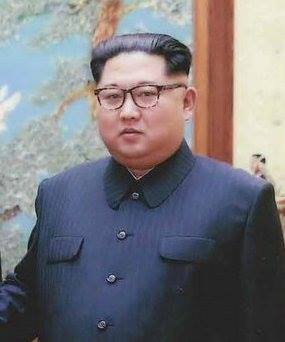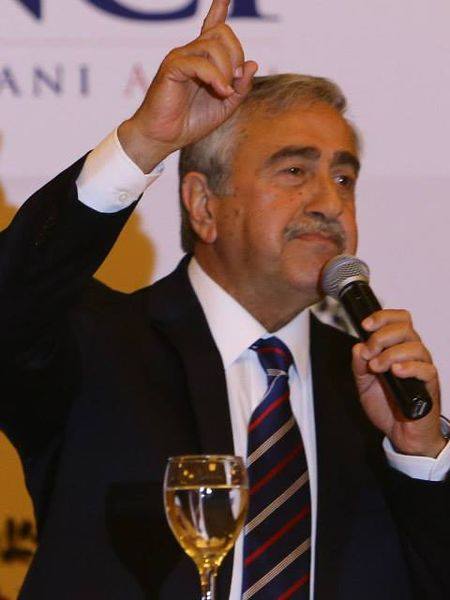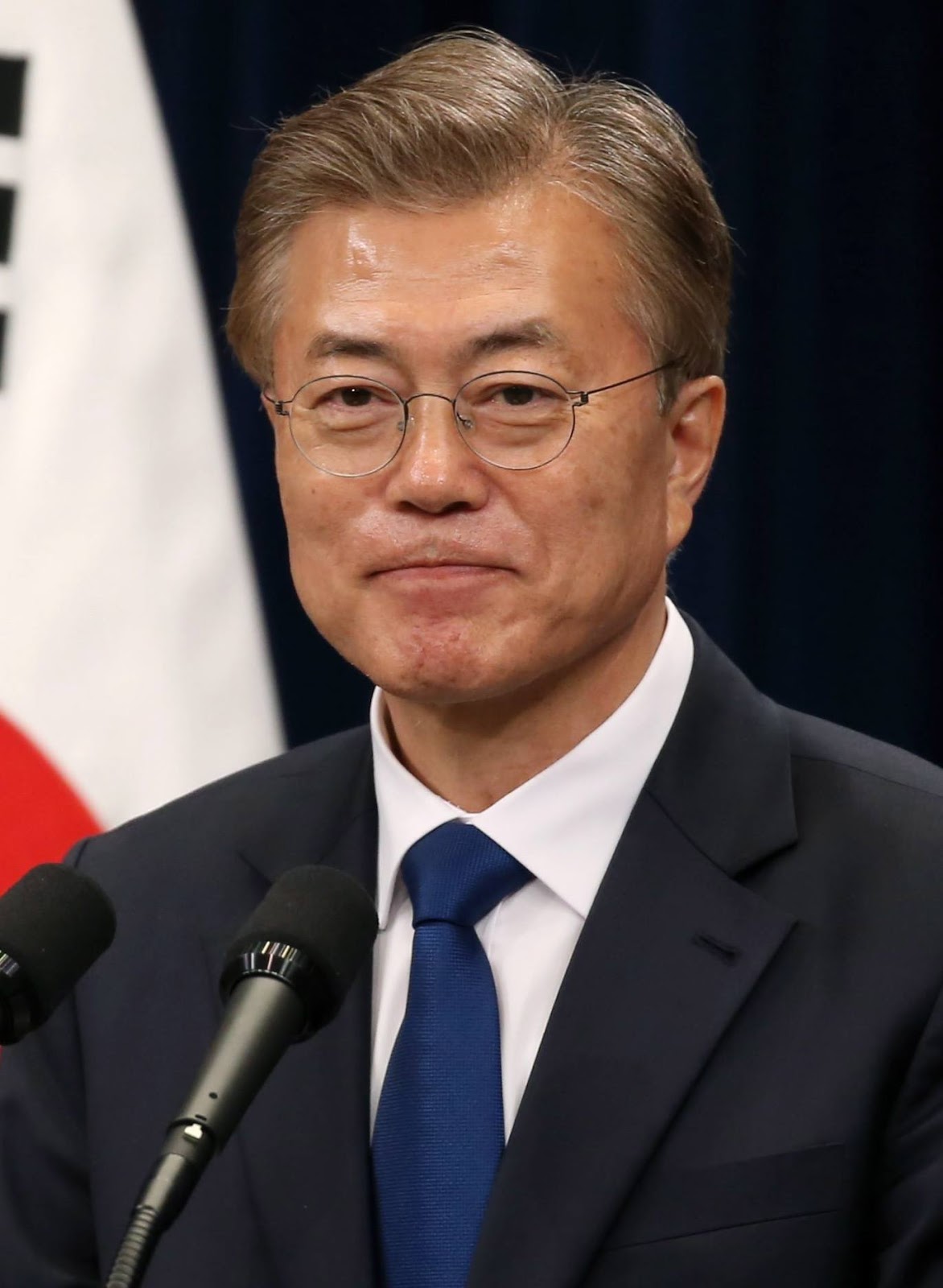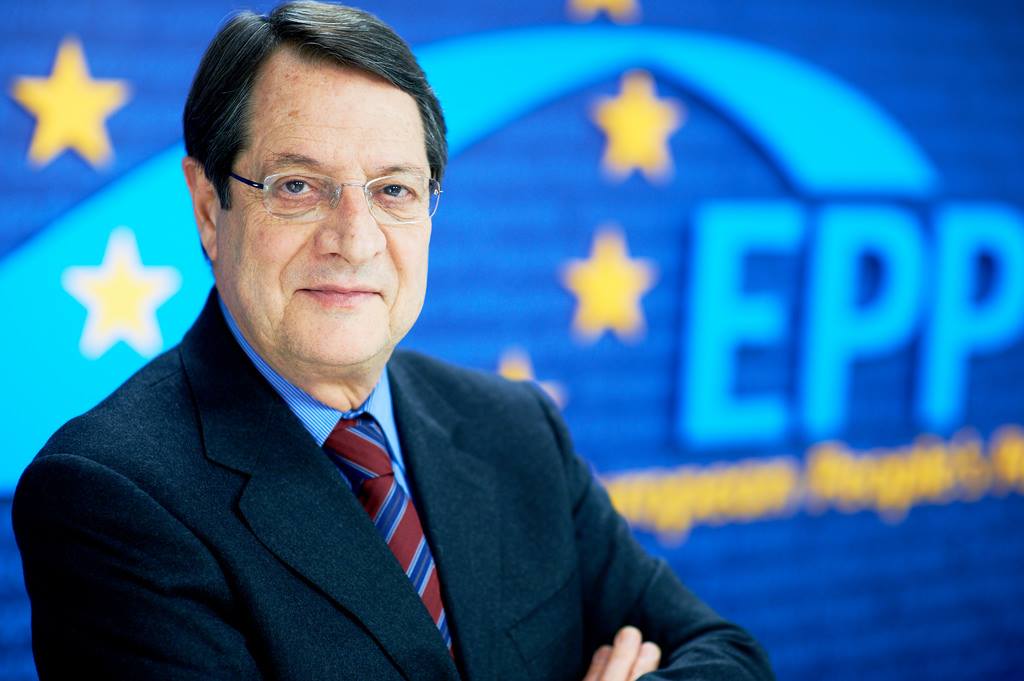Emily Balkwill
The twenty-first century is an age of ongoing war, terrorism, and nuclear threat; characterised by political phenomena marked by their inconceivability. The new millennium of globalisation has brought with it increased conflict and division. However, perhaps, there is still a hint of hope of peace and reunification. Specifically, the prospect of unification between Northern (Turkish-Cypriot) and Southern (Greek-Cypriot) Cyprus, and North and South Korea.
Following years of stagnation and unease in both divided nations, the recently reopened lines of communication between the opposing sides have brought with them at least an initial desire for cooperation and possible restoration of peace. Although the most recent Cypriot peace talks ended in July 2017 after no solution emerged, the re-elected Greek-Cypriot president, Nikos Anastasiades, has highlighted his persistence on the matter. Even more recently, on 27 April 2018, South Korean president Moon Jae-in and North Korean leader Kim Jong Un met at the Demilitarised Zone (DMZ), constituting the first time the current North Korean leader crossed the border. Despite recent setbacks, the reinitiated communication is undoubtedly a step in the right direction. Yet, what is perhaps most resonant about both situations is the urgent need for demilitarisation. The summits made explicit that reunification would not be achieved without the immediate withdrawal of Turkish troops from Cyprus, and the promise of the denuclearisation of North Korea.
Looking at the circumstances of both divisions, it is interesting to see how they are the products of a comparable overriding paradigm. Despite the fact that Cyprus and the Koreas are geographically separated by thousands of miles, in both situations, external influence, characterised by military involvement, was an important factor in the countries’ divisions. In Cyprus, the period between 1955 and 1964, known as the ‘Cyprus Crisis’, was a time of political and communal violence between Turkish and Greek Cypriots. However, it was arguably the increasingly prominent military involvement that resulted in the rupture still existing today. As a consequence of the rising unease and resentment between the two communities, there was an outstanding increase in support for the ultra-right wing Greek nationalist organisation ‘EOKA-B’, who had close links with the military junta in Greece at the time. Their ultimate aim was to achieve ‘Enosis’; the annexation of Cyprus by Greece. Naturally, this would not be at all favourable for the Turkish community on the island, and they had other plans in mind: a partition between the Greek and Turkish Cypriot communities, known in Turkish as ‘taksim’. On 15 July 1974, EOKA-B, with the support of the Greek military junta, attempted a coup against President Makarios with the hope of beginning the process of ‘Enosis’. To counteract the imminent threat, the Turkish forces invaded the north of Cyprus in the early morning hours of the 20 July. Finally, in August of the same year, the Turkish forces managed to capture approximately 40% of the island, resulting in the divided situation which still reigns today. With this turn of events in mind, it is indeed possible to see an alarming correlation between military action and the scales ultimately tipping in favour of division.
Similarly, despite the end of Japanese occupation of Korea after the Second World War, the country remained under foreign military occupation - the US in the south and the Soviet Union in the north. In 1948, UN supervised elections in the south were held, resulting in the democratic election of Syngman Rhee, whereas Kim Il-sung was undemocratically appointed by Stalin as leader of the north. The appointment of new Korean leaders resulted in the establishment of the Republic of Korea in the South and the Democratic People’s Republic of Korea (DPRK) in the north. However, this political disparity, spurred on by external pressure, provoked further unrest between the north and south – which were already practically divided – leading to the eruption of the Korean War (1950-53). It ended in a stalemate, and Korea is still divided along the DMZ today. Although the situation differs in that the external influence – that of the USA and the Soviet Union – led to internal military conflict, the direct contribution of military conflict and violence is undeniably visible, as was the case in Cyprus. Fire was fought with fire in both cases, burning a line, tainted with blood, across the two nations.
Understanding of both historical contexts shows us why demilitarisation is realistically the only method to truly restore peace. The dichotomy between war and peace is clear. There is no hope of peace being restored as long as military relevance and involvement persists. Unfortunately, however, the theoretical answer of demilitarisation may not be consistent with reality. While we live in an era dominated by threats of even more “fire and fury”, as well as ongoing war, we cannot yet expect the demilitarisation of the Koreas. Humans are dominated by an instinct to protect. So, it is hard to imagine that they will drop their weapons just yet in the name of peace, the definition of and respect for which the world seems to have forgotten.
Although this is sadly the case today, the reopened lines of communication between the two sides in both cases, as well as the prospects for further cooperation must not be undermined. Certainly, we are witnessing a step in the right direction, especially in view of the positive action gradually being taken. In 2008, the capital of Cyprus, Nicosia’s, central pedestrianised street was reopened after 34 years of being militarily blocked. This year, South Korea withdrew their loudspeakers blasting propaganda in the DMZ, while North Korea changed their clocks to mirror the South’s time zone. We can glimpse some light at the end of the tunnel, even if the road to peace is long. Hopefully, the light will become increasingly brighter and closer, as both nations continue their journey towards reunification





